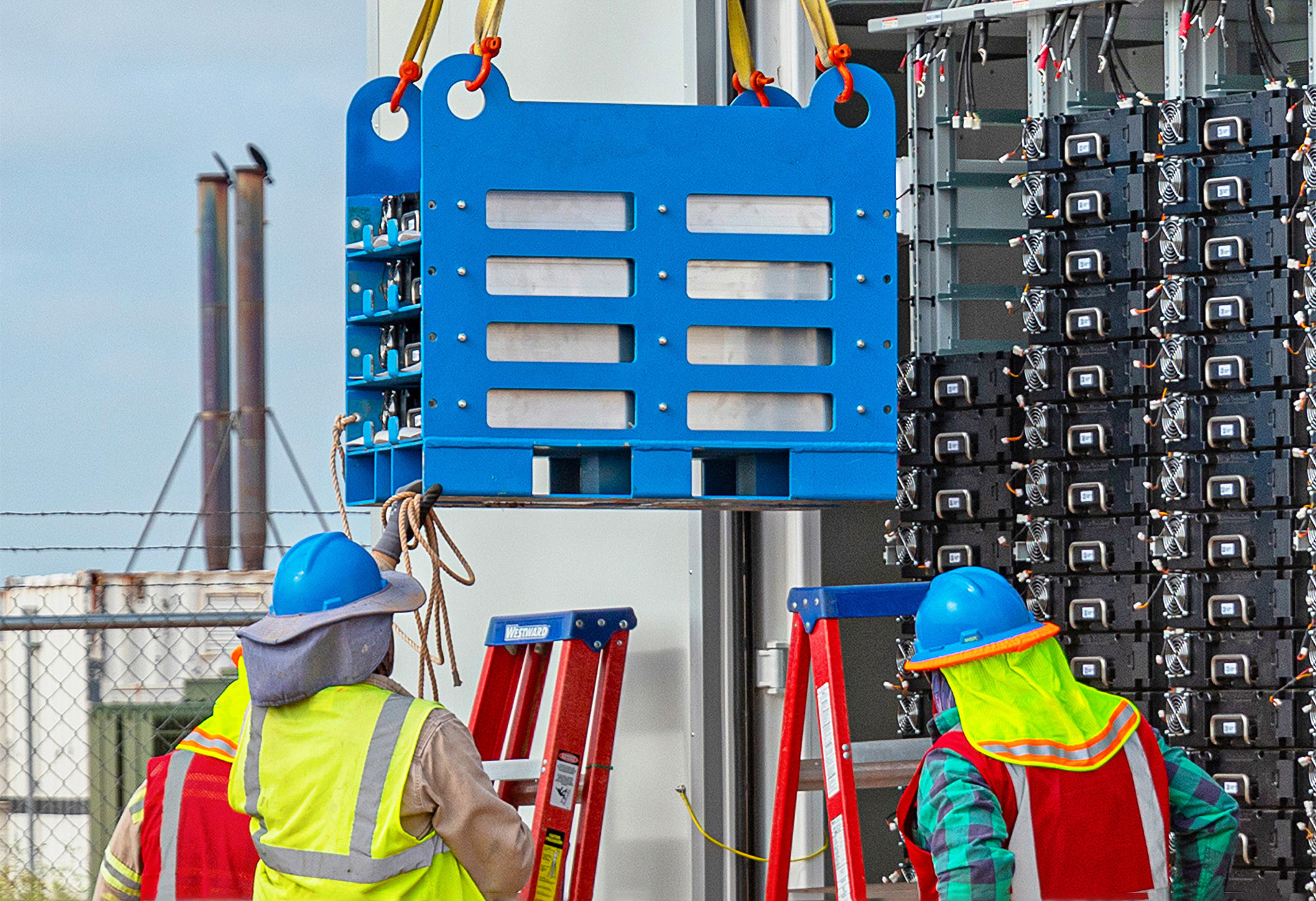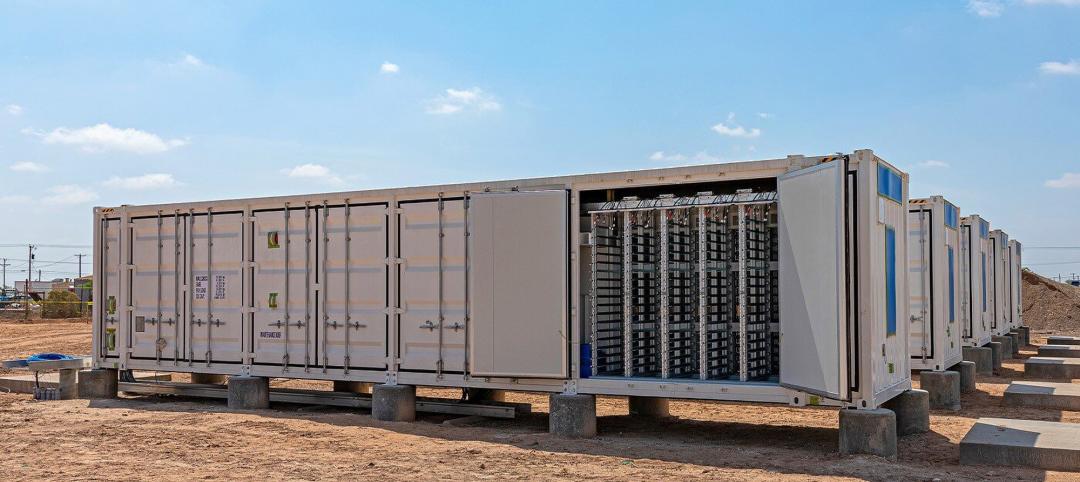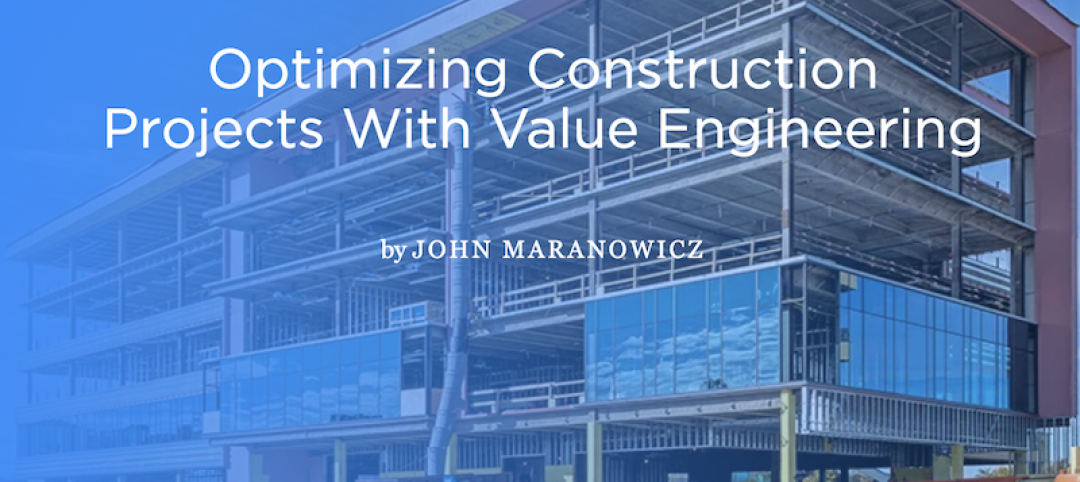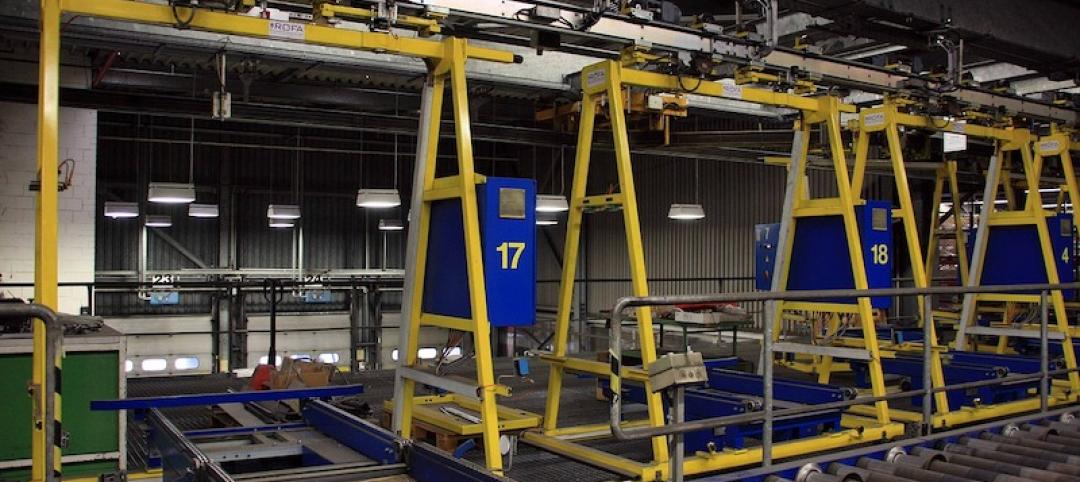Much of the current movement to decarbonize the grid involves installing many gigawatts of battery-based energy storage. Lithium-ion technology is leading the way with breathtaking advances that are addressing everything from improved performance to strategies to mitigate the risk of fires. But the rapid development is causing numerous challenges.
The high demand for lithium-ion batteries has translated into shortages of lithium along with shortages of other essential commodities like copper, aluminum, nickel, and cobalt. As we all learned in Market Economics 101, limited supply caused by high demand leads to high prices, market volatility, and long lead times.
In the span of a year, between March 2021 and March 2022, lithium carbonate prices jumped from around $12,000 per ton to $78,000 per ton. Pricing for other commodities rose too, though not as dramatically. While lithium stabilized somewhat during 2022, pricing began advancing again by the end of the year.
Large-scale battery energy storage systems (BESS) projects are taking the brunt of these factors, with lead times stretching up to a year for large capacity orders—and pricing uncertainty that has led to a transfer of pricing risk via indexed pricing strategies that manufacturers began using in early 2022.
Transferring Risk
When it comes to predicting the future of BESS facilities built at utility scale, it is nearly certain that many more gigawatts will be added to the grid over the coming years.
This is one of the reasons that major battery manufacturers are adopting new pricing policies. With the huge volume of batteries needed for utility-scale facilities, manufacturers are unwilling to commit to firm prices for orders that may not be fulfilled for more than two years. The roller coaster of market economics has resulted in new variable pricing policies in which the firm price will not be locked in until about a month before the batteries are scheduled to roll off the line.
Integrators and owners are being told that the battery will be priced under a new formula that sets a multiplier to determine the price of the battery based on the future market price of lithium-carbonate. If that commodity goes up, the multiplier will determine the new and higher price of the battery. Meanwhile, if the commodity price goes down, the buyer benefits from a lower price for the battery. Under either scenario, the risk is transferred to the integrator, private developer, or utility.
Of course, the prospect of being unable to obtain a firm, fixed price for the battery order sets in motion a cascade of economic variables that could spell trouble for the original business case for the project.
Technology Obsolescence Is Another Factor
With the constant churn of technology advances, developers and owners have no choice but to bet that future generations of batteries, inverters and other core pieces of equipment can be adapted to work with older, legacy versions.
With this quick technology evolution, it is quite possible that the batteries and other equipment that were specified during the project development phase may not be the latest version by the time the batteries are ready to be shipped to the site.
Many projects assume that additional battery capacity will need to be added to the project within the initial three to five years, a process often referred to as augmentation, as the original battery capacity degrades. Many products are being improved annually and manufacturers rarely continue to produce legacy generations of BESS equipment. It’s a pace that leaves little time for pilot tests to see how compatible old and new systems will be. The augmentation process often involves innovative engineering, particularly for the inverters, the essential piece of equipment that converts direct current (DC) power to alternating current (AC) needed on the grid. This augmentation may mean segmenting systems so that newer generation batteries are only served by new inverters and all systems are working in sync.
Outlook for Future
Some industry analysts speculate that current high pricing will begin to moderate as more battery manufacturing capacity comes online and supply increases from newly opened lithium mines and refining facilities.
The six largest battery manufacturers are all on a building binge, expanding capacity by double-digit percentages. This rapid increase is part of the explanation for why commodity supplies have not kept pace with demand.
Manufacturing capacity is expected to continue to expand for the next two to three years as all major companies have announced plans to more than double capacity, including new facilities in North America. In addition, new or expanded lithium mines and related refinery expansions are also on the way with manufacturers acting now to buy up that additional capacity.
Impact of Incentives
As supply and demand move into equilibrium, some analysts are forecasting that pricing volatility will calm as more manufacturers become comfortable extending firm pricing periods to developers, thus locking pricing for a few months instead of a single month.
Meanwhile, alternative battery technologies may gain traction due to the current pricing environment. Longer-duration battery technologies such as flow batteries have had difficulty gaining acceptance and advancing to commercial-scale production due to an inability to compete on price. Now, as these costs start to pencil out in closer parity with lithium-ion facilities, utilities and private developers may start looking harder at these alternatives, and others such as sodium-based batteries, particularly if there is a need for more frequent cycles and longer durations from the BESS facility.
Federal tax and other financial incentives under the Inflation Reduction Act (IRA) and Infrastructure Investment and Jobs Act (IIJA) may help too, as some provisions are now specifically directed at long-duration energy storage projects.
The IRA extends a 30% investment tax credit for storage projects and removes some previous stipulations that such projects be paired with solar installations. Additionally, the 30% credit could be boosted even further for storage facilities that are in designated energy communities and source certain percentages of domestic content, as defined by the U.S. Tax Code. In addition, there are now tax credits available for manufacturers to incentivize increases in domestic supplies for inverters and batteries.
With the door now open for more stand-alone storage projects for a variety of use cases and now eligible for generous tax incentives, more projects may be viable even with higher costs of batteries and other components.
As the incentives begin to take hold and market pricing begins to stabilize, we are likely to see larger projects that are outfitted with more cutting-edge technologies. The only reasonable prediction is for all the players to stay tuned. Change is likely to be a constant factor going forward.
Longer-duration battery technology is being developed and demonstrated for a number of applications and could gain widespread market acceptance as more renewable energy sources are connected to the grid.
More from Author
Burns & McDonnell | Oct 23, 2024
Navigating battery energy storage augmentation
By implementing an augmentation plan upfront, owners can minimize potential delays and unforeseen costs when augmentation needs to occur, according to Burns & McDonnell energy storage technology manager Joshua Crawford.
Burns & McDonnell | Sep 24, 2024
Generative AI can bolster innovation in construction industry
Jeff Danley, Associate Technology and Innovation Consultant at Burns & McDonnell, suggests several solutions generative AI could have within the construction industry.
Burns & McDonnell | May 25, 2023
4 considerations for increasing biodiversity in construction projects
As climate change is linked with biodiversity depletion, fostering biodiverse landscapes during construction can create benefits beyond the immediate surroundings of the project.
Burns & McDonnell | May 1, 2023
Utilizing computer vision, AI technology for visual jobsite tasks
Burns & McDonnell breaks down three ways computer vision can effectively assist workers on the job site, from project progress to safety measures.
Burns & McDonnell | Dec 12, 2022
Supplementing workplace connections through digital knowledge networks
Zachary Wassenberg of Burns & McDonnell breaks down three applications for digital knowledge networks: training, libraries, and instructions.
Burns & McDonnell | Jun 14, 2022
Thinking beyond the stadium: the future of district development
Traditional sports and entertainment venues are fading as teams and entertainment entities strive to move toward more diversified entertainment districts.
Burns & McDonnell | Jan 4, 2021
Optimizing construction projects with value engineering
When value engineering is referenced in our industry, our minds may immediately go to a process that reduces project cost by slashing scope or decreasing the quality of materials used. However, that is not necessarily what the definition should be.
Burns & McDonnell | Oct 14, 2020
Altering facilities for a post-COVID-19 world
There are several possibilities when it comes to reconfiguring or adjusting a space to maintain the health and safety of workers, from reorganizing spaces to enable social distancing measures to full teardown and reconstruction of a plant.
Burns & McDonnell | Jun 23, 2020
A look back at design standard shifts: ADA vs. COVID-19
The short story is official design guidelines are slow to be developed and made into law.
Burns & McDonnell | Apr 8, 2020
Navigate supply chain and manufacturing challenges during disruption
First, most important and most complex: Create an extensive safety plan for your facilities and job sites that protects both the personnel onsite and the end users of your product.
















